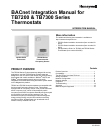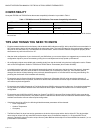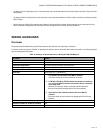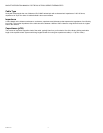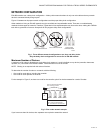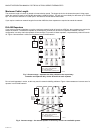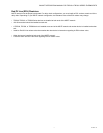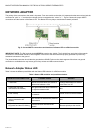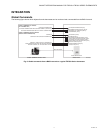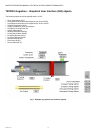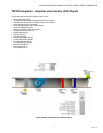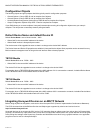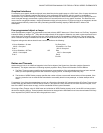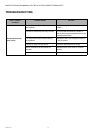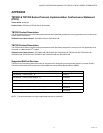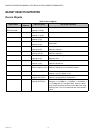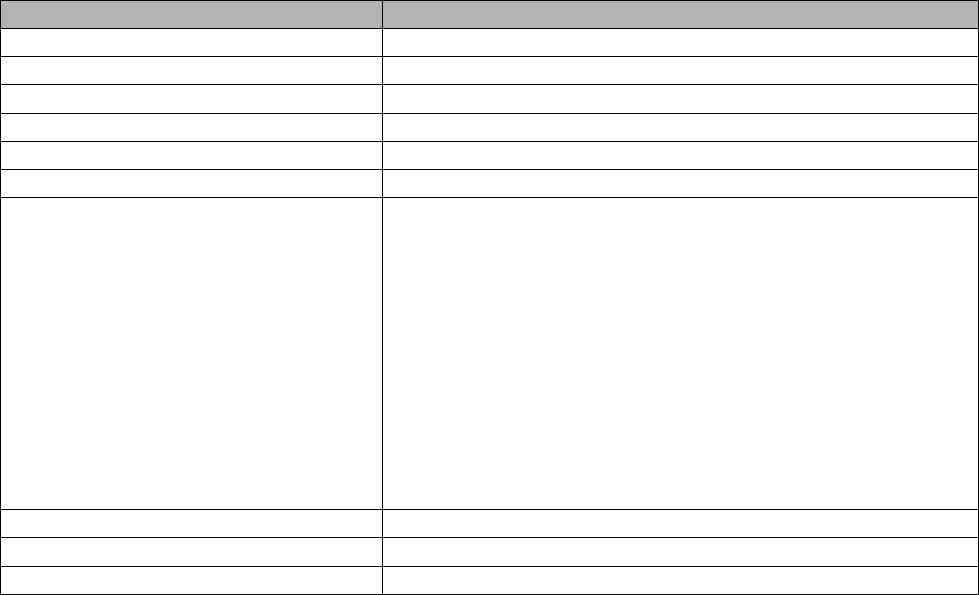
BACNET INTEGRATION MANUAL FOR TB7200 & TB7300 SERIES THERMOSTATS
3 63-4524—01
• To assign a Room Temperature (AV7) value manually, users must first enable the Override mode in the Room Temp Override
(BV8) object.
• To assign a Room Humidity (AV10) value manually, users must first enable the Override mode in the Room Humidity Override
(BV11) object.
• Device Name and Device ID properties are writable in Honeywell device object. Both properties can be renamed from any
BACnet network management tool as long as the tool itself give access to write to these properties.
WIRING GUIDELINES
Overview
Honeywell uses EIA-485 as the physical layer between their devices and supervisory controllers
For clarity we will use the term “Device” to represent any product with an active EIA-485 network connection, including Honeywell
and non-Honeywell thermostats.
Table 2. Summary of Specifications for a Honeywell EIA-485 Network
Parameter Details
Media Twisted pair 22AWG-24 AWG, shielded recommended
Characteristic Impedance 100-130 ohms
Distributed capacitance Less than 100 pF per meter (30 pF per foot)
Maximum length per segment 1200 meters (4000 feet)
Polarity Polarity sensitive
Multi-drop Daisy-chain (no T connections)
Terminations
1. TB7200, TB7300 and/or TB7600 Series thermostat devices
are installed at both ends of the MS/TP network:
120 Ohms resistor should be installed at each end.
2. A TB7200, TB7300 or TB7600 Series thermostat is installed at
one end of the MS/TP network and another device is installed
at the other end:
Install an End-Of-Line resistor value that matches the other
device’s instructions regarding the End-Of-Line resistors
3. Other devices are installed at both ends of the MS/TP
network:
Follow the other device’s instructions regarding the End-Of-Line
resistors.
Maximum number of nodes per segment 64 (Honeywell devices only)
Maximum number of nodes per network 128
Baud rate 9600, 19200, 38400, 76800 (Auto detect)



